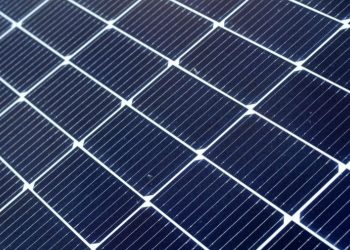With over 3.6 million solar PV installations in Australia, solar farms have seen a noticeable increase. Solar energy accounts for a significant portion of the nation’s clean energy generation, and some of the biggest solar farms are in Queensland (QLD), New South Wales (NSW), and Western Australia (WA). Indeed, the land down under has become the hotspot for solar farm development. Beyond its environmental benefits, what drives the profitability of solar farms in Australia?
In February, Canberra farmers showed how they are profiting from renewables. Farmers for Climate Action released a survey that showed widespread support for renewables in their regions. The survey was conducted on 687 residents across central QLD, Hunter, and Illawarra.
Data suggests that the average income generated by a solar farm in Australia can vary depending on its size and location but can range from $1,500 per hectare per year for land leasing to significantly higher figures for solar farms selling electricity directly to the grid.
The poll revealed the biggest threats to farming, which are:
- Increased fires and floods / Climate change
- Commercial operations by big supermarket chains
- Rising costs of insurance and fertiliser
- Construction of transmission lines on farmland
The residents believe that tourism, renewable energy, and healthcare employment are the biggest opportunities for their localities in the next two decades. Farmers are making good money from renewable projects, especially during drought.
Wind companies are currently offering around $40,000 per turbine per year, and many farms host turbines while they still farm sheep and cattle. Solar companies are offering $1,500 per hectare per year rent while allowing farmers to continue running their sheep under the panels. On this note, sun and wind are modern commodities enabling farmers to make a lot of money.


















